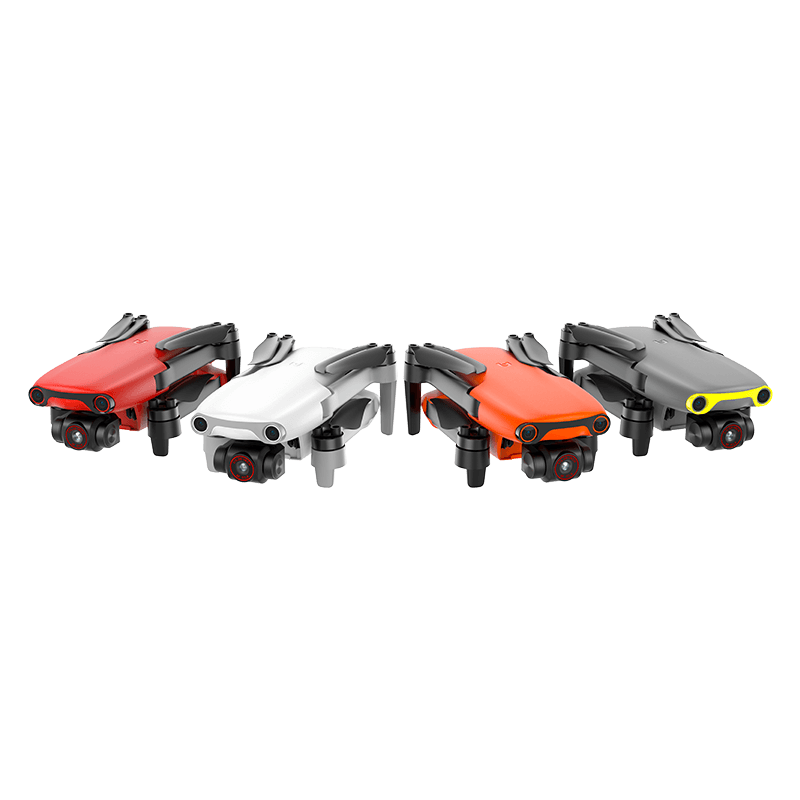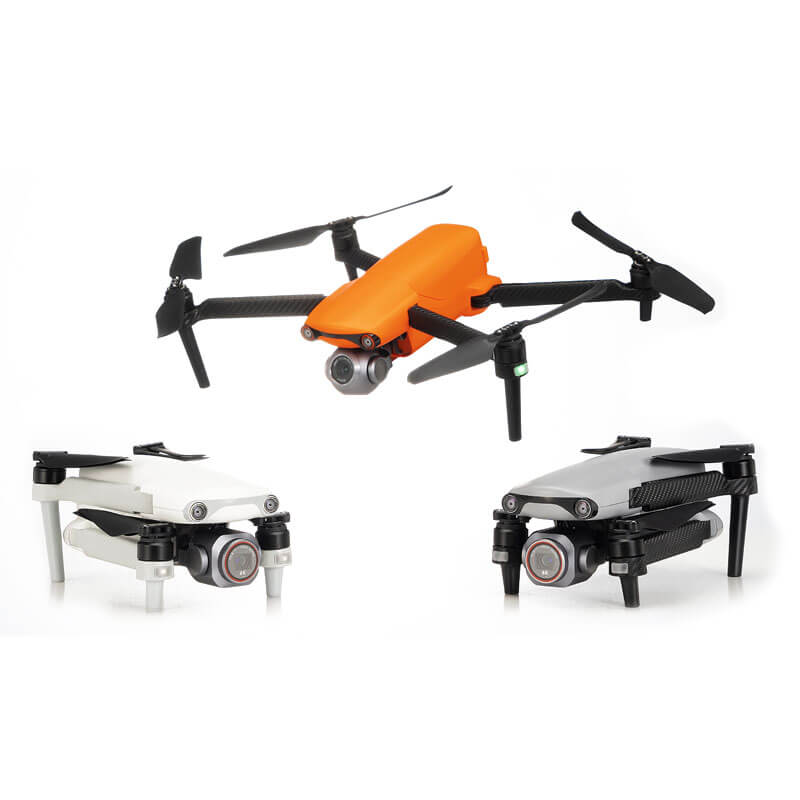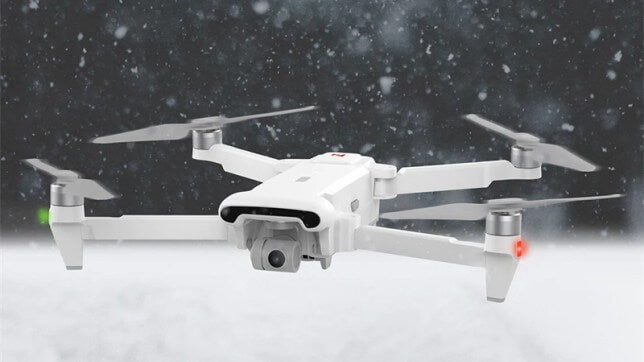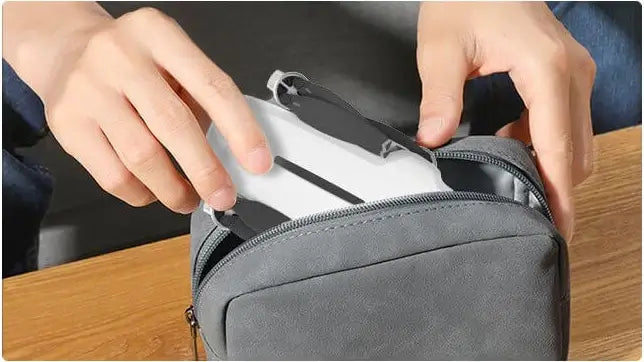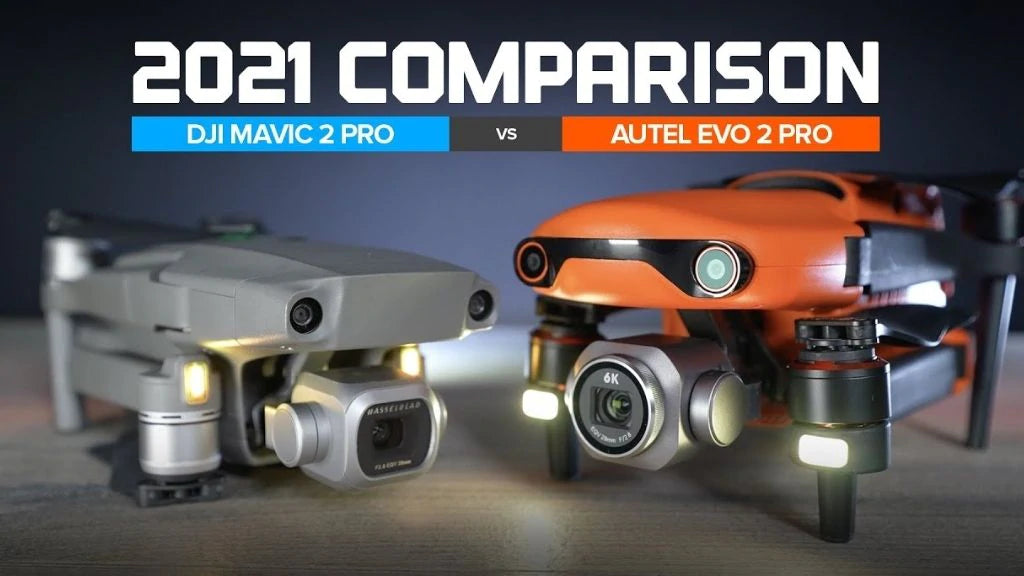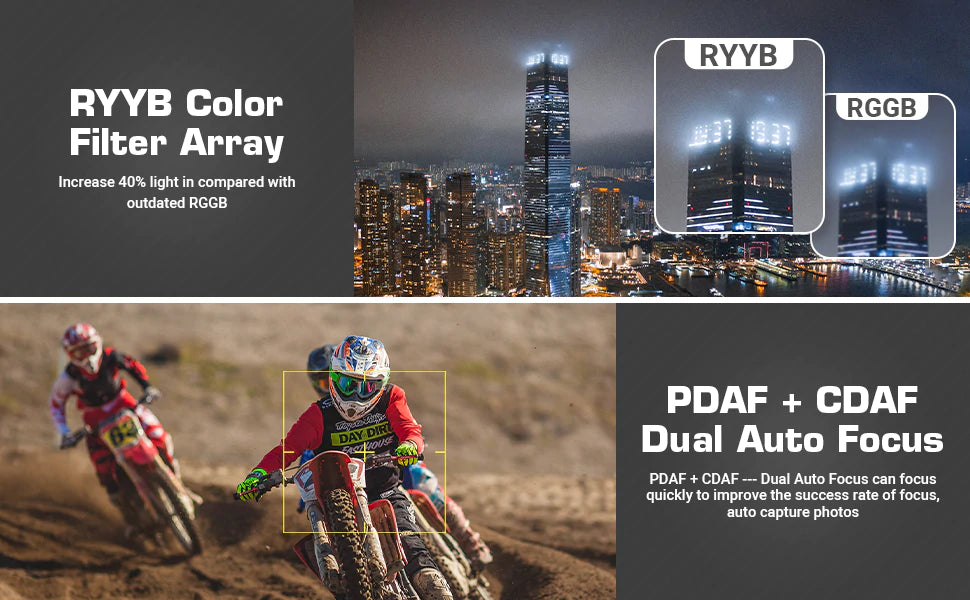Autel Robotics made a splash during CES 2020 announcing its EVO II drone series that includes options for 8K and 6K image capture. At CES 2021, the company added a thermal imaging option in the EVO II Dual 640T, a new RTK series, and Dragonfish, a highly capable commercial drone capable of flying for two hours.
Since the launch of the EVO II series, it's been somewhat flying under the radar, but I was able to get my hands on the EVO II Pro and compare it to the DJI Mavic 2 Pro. The results might surprise you.
Autel Evo 2 Pro vs Mavic 2 Pro: Camera & gimbal
The three user-changeable gimbal modules for the Autel Evo 2 are:
586 gimbal: provides an 8K video camera that will take still photos of up to 48MP and records 8K video at 25 fps, 6K at 30 fps, or 4K at 30 or 60 fps with a bit rate of up to 120 Mbps.
383 gimbal: features an Ultra-HD camera with a 1-inch sensor for 6K video and still photos of up to 20MP. It will record video up to 5.5K at 60fps or 4K video at 120 fps and has an adjustable lens aperture from f/2.8 to f/11.
Dual-sensor gimbal: provides an infrared camera that takes infrared images of 640 x 512 or 320 x 256 and records video at 720p at 30 fps in dual image mode. It has the same 8K video camera as described above.
it features 8GB internal storage and 256 GB of external memory via microSD card.
The camera is swapable – one of a kind feature among premium drones. They made a removable payload so if you buy one frame, you can buy what ever camera you want to add to it later on. If you start off with the Evo 2 and you want upgrade to the 1 inch sensor for the Evo Pro, you buy the camera and mount it on your 8k model and you essentially have the Evo 2 6k model now.
All three camera modules on the New Autel Evo 2 support:
- Single shot
- Burts shooting
- Auto exposure bracketing (AEB)
- Time-lapse
- High-dynamic-range (HDR) imaging
- NIGHTBEAT (high signal-to-noise ratio
- Photos can be saved as DNG or JPG formats, and video footage can be recorded either MOV or MP4 formats on the Autel Evo 2.
The films made with EVO 2 look very natural, not overly saturated, good dynamic range, solid pixel density making it a pleasing shot overall.
Mavic Pro has an incredibly powerful camera capable of capturing crystal clear 4K footage with praiseworthy smoothness and stability. However, everything has room for improvement. Mavic 2 came with a 1-inch image sensor, like the one on the DJI Phantom 4 Pro. This feature allowed for even better image quality coming from the Mavic 2.
But the comprehensive sensor technology fits perfectly into the ecosystem of functionalities, which has just helped DJI to become the market leader. This is because the externally visible sensors are integrated with the interior of the drone to form an intelligence that is unparalleled in the field of consumer camera drones. ActiveTrack 2.0, POI 2.0 or Waypoint 2.0 work even more precisely, safely and intuitively in the latest generation.
This of course ensures that the highly intelligent drone can be used without any problems not only by professionals but also by beginners. And anyone who ever finds their way through the jungle of flight and recording functions will appreciate the huge variety of functions offered by current DJI drones.
By the way, with the Enterprise models of the Mavic series, even professional users from industry and commerce have the opportunity to take advantage of the benefits of the DJI camera drone and benefit from even more innovative features.
Flight time
Autel Evo 2 flight time will be around 35 minutes if you hover and up to 40 minutes if you are slowly moving forward (10mph).
For Mavic 2 Pro, the maximum flying time in ideal windless conditions is about 31 minutes. In practice, the DJI Mavic 2 can stay in the air for 27 to 30 minutes, depending on the way you fly, which is perfectly sufficient.
Range
Evo 2 can go up to 5.5 miles but obviously due to regulations, you won’t fly it that far.
In addition to its portability and functionality, the DJI Mavic 2 features the new DJI OcuSync 2.0, a transmission system with remarkable ranges of up to 8 kilometres (FCC standard) or 5 kilometres (CE standard) or live image transmission in HD resolution.
Controller
The controller includes a high resolution 3.30 LED display that allows you to switch between an FPV view through the camera on the drone or displaying telemetry information.
It has a 5000 milli-ampere-hour battery which will give you hours of use on a full charge. The brightness on the display is 330 nits which is very bright for outdoor use and it provides a 1080p live view of the FPV view from the camera.
In addition to the standard delivery of the Mavic drone and the traditional folding remote control, we have of course also tested the new DJI Smart Controller. In our opinion, the optional remote control adds significant value – especially the bright display and the DJI GO 4 app embedded in the controller give a solid impression. Only the price of an additional 649 Euros is somewhat deterrent to buying the DJI Smart remote control.
Final verdict
Autel Evo 2 was a long wait but you can finally get it here now. You can choose between three versions and Evo 2 6k is the best choice. The Mavic flies like a Porsche while the. Evo flies like a bus as it is bigger, slower, less responsive and not so elegant in the air. The range on the Mavic is a bit better also. I feel the Evo takes better pics and videos. But, the Evo has no Geofencing which is a big plus.

